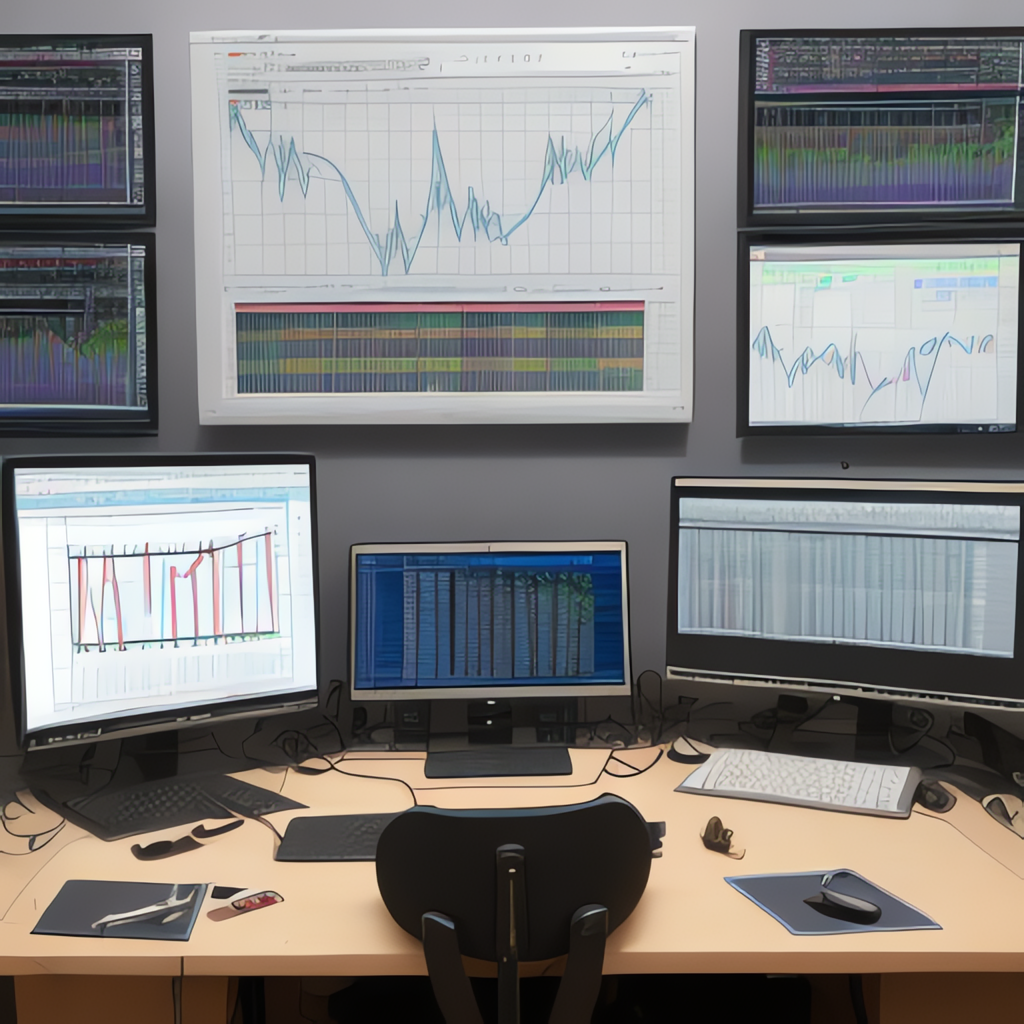In today’s data-driven world, understanding and presenting information is crucial for making informed decisions. Visualizing data and information through infographics has become a vital tool for conveying complex concepts in a concise and engaging manner. This infographic guide takes a deep dive into the most commonly used chart types, including bar, line, area, column, pie, radar, and more. Whether you’re a data analyst, marketing professional, or simply someone who loves numbers, this guide will help you master the art of visual communication.
### Bar Charts: The Classic Presenter
Bar charts are among the oldest and most versatile of chart types. They effectively compare discrete categories over time or across different groups. By default, they use vertical bars but can also be horizontal, allowing for layout flexibility. Bar charts are excellent for highlighting the magnitudes of categories, showcasing trends, or highlighting differences across groups.
### Line Charts: Smooth Transitions
Line charts, on the other hand, are used to show changes over time. They are especially useful for showing continuous data and can depict trends, peaks and troughs, and cyclical patterns. The smooth curve of the line adds a sense of continuity and makes it easier to visualize trends and seasonal variations.
### Area Charts: Expanding the Line
Area charts extend the concept of line charts by filling the area under the line with color. This allows you to visualize the magnitude of the data over time. Area charts are excellent for emphasizing the overall size of the data, making it a powerful component in data storytelling, especially when tracking large sets of time-series data.
### Column Charts: Stacked or Grouped
Column charts are similar to bar charts but use columns instead of bars. They are best for comparing values across different categories. There are two common variations of column charts:
– **Grouped**: This shows multiple sets of columns grouped together side by side to compare values of different categories within the same groups.
– **Stacked**: Also known as 100% stacked, these columns are placed on top of each other, so the entire width of the column represents the sum, with each section showing the proportion of each category within the total.
### Pie Charts: A Slice of Information
Pie charts are great for showing proportions of a whole. They provide a simplistic way to visualize the size of parts relative to a whole. However, they are often criticized for being difficult to compare precisely as a result of their circular nature and the amount of data they can handle effectively. Pie charts are best when there are only a few categories, each significantly smaller than the whole.
### Radar Charts: A 360-Degree View
Also known as spider charts, radar charts use multiple petals, which represent different variables, radiating from the same center. The data points are plotted along these petals, giving a 360-degree view. Radar charts are useful for comparing the attributes of different groups on multiple variables, such as in performance evaluations or market comparisons.
### Combination Charts: Multiple Styles, One Plot
Combination charts merge different chart types to convey complex information. For example, you can overlay a line chart with an area chart on a single axis to show both cumulative trends and overall magnitude over time. Combination charts can become complex when trying to include too many different types, so it’s important to maintain simplicity and clarity.
### Scatter Plots: The Data Dots
Scatter plots use dots to represent individual data points. They are widely used in statistical analysis, especially to observe relationships between two variables. Each dot represents a pair of values, and the position of the dot is determined by its corresponding values on the two axes.
### Heat Maps: Color Me Infographic
Heat maps use color gradients to represent values, making them excellent for visualizing large data sets on a grid or matrix. They’re often used to show geographical or categorical data and are visually stunning. Heat maps are particularly powerful when looking at large amounts of data where patterns and differences become immediately evident.
### Bubble Charts: Size Counts
Bubble charts are similar to scatter plots but add a third variable to use the size of the bubble as an additional data dimension. While scatter plots typically show two variables on the axes, bubble charts display three by adding a z-axis, which encodes information into bubble size, adding a depth to the visualization.
### Summary
Each chart type has its strengths and weaknesses. When creating infographics, the key is to choose the right chart type for your story and data. Keep complexity minimal. Infographics are designed to communicate information quickly and effectively. By knowing and understanding these chart types, you are better equipped to present data that informs and engages your audience.
Visualizing data doesn’t have to be rocket science. Arm yourself with the right set of tools and techniques to make your data pop off the page and into the minds of your viewers. Whether you’re showcasing metrics, comparing groups, or illustrating trends, these infographics guide chart types are your visual toolbox for success.
